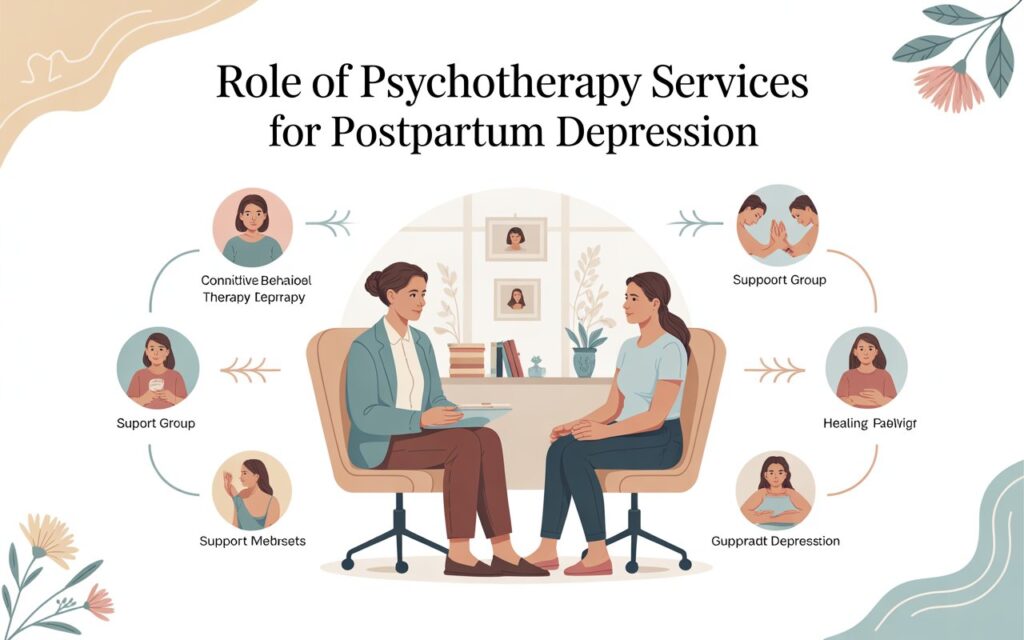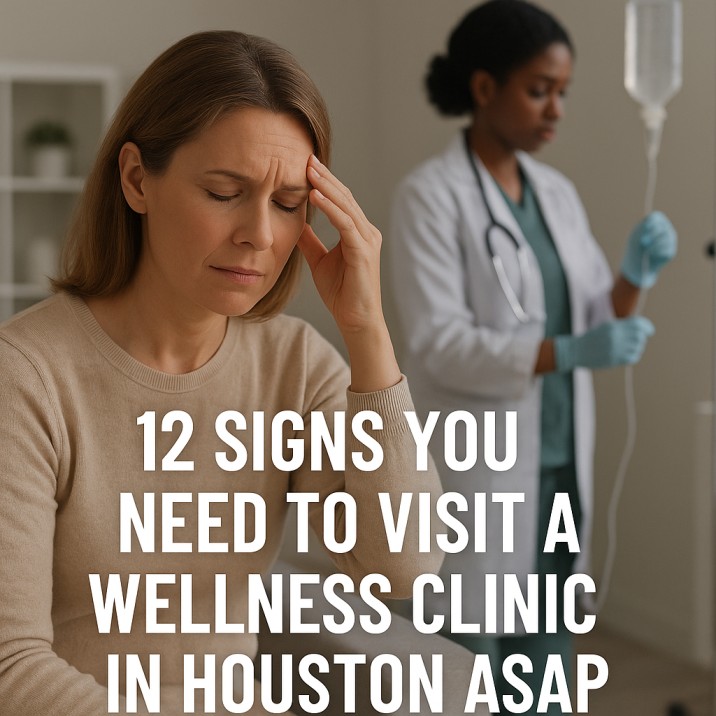🏢 Why Employers Cut GLP‑1 Drugs in 2026
The year 2026 has marked a pivotal turning point in U.S. employer-provided healthcare benefits. A wave of employer GLP‑1 benefit cuts 2026 has spread across corporations nationwide, driven primarily by unsustainable costs, insurance restructuring, and a shift in workplace wellness strategies. With the explosion of demand for GLP‑1 agonists such as Ozempic, Wegovy, and Mounjaro, employers found themselves footing an average of $12,000 to $15,000 per patient annually for weight-loss therapy.
GLP‑1 drugs, originally designed to manage type 2 diabetes, have gained popularity for their efficacy in promoting weight loss. However, their classification as “lifestyle treatments” by many insurance providers has made their continued coverage optional for self-funded employer health plans. By early 2026, over 38% of large U.S. employers began scaling back or entirely removing GLP‑1 coverage, citing the 2026 trend of employer wellness cost burdens and mounting pressure to contain healthcare inflation.
The resulting fallout has prompted a national debate on whether obesity treatment is a medical necessity or a personal health investment. Employers have opted to reinvest in generic medications, virtual wellness programs, and cost-containment initiatives instead.
🚶♂️ Worker Response: Turning to Ivermectin Alternatives
Faced with the sudden insurance coverage loss GLP‑1 drugs, many American workers—especially those in blue-collar and middle-income brackets—began turning to alternative, lower-cost solutions. Among the most notable is ivermectin, a medication once synonymous with antiparasitic treatment but now drawing renewed interest for its ivermectin alternative weight loss solutions.
While ivermectin remains unapproved by the FDA for weight loss, anecdotal reports and online health forums suggest growing usage as an off-label metabolic aid. Some users report reductions in appetite, improved gut flora, and anecdotal weight stabilization. Alongside this, medications like Niclosamide 500 mg and Fenbendazole 444 mg—both of which have anti-inflammatory and metabolic modulation potential—have entered the conversation as part of experimental regimens.
Digital telehealth platforms and AI-driven wellness apps have accelerated the accessibility of these options. With the help of online marketplaces like Medicoease, workers are now bypassing traditional pharmacies to obtain wellness tools previously off the table.
💰 Cost Comparison: GLP‑1 vs Ivermectin Therapies
The financial disparity between GLP‑1 agonists and ivermectin-based approaches is staggering.
| Drug/Option | Average Monthly Cost | Insurance Coverage | Notes |
|---|---|---|---|
| Ozempic (GLP‑1) | $1,200–$1,500 | Rare in 2026 | Limited to diabetics |
| Wegovy (GLP‑1) | $1,300 | Often removed | Popular for weight loss |
| Ivermectin | $25–$60 | Not covered | Often self-funded |
| Niclosamide 500 mg | $30–$80 | Not covered | Emerging interest |
| Fenbendazole 444 mg | $40–$90 | Not covered | Used in cancer & metabolic studies |
This drastic cost differential is one reason GLP‑1 ivermectin workplace benefit changes are trending. Ivermectin and similar alternatives allow users to maintain weight management protocols without bankrupting their monthly income. Furthermore, employers are beginning to tolerate, or even subtly support, these transitions by offering health savings accounts (HSAs) and flexible spending allowances that cover such alternative therapies.
📜 HR Policies Adapting Employee Health Coverage
Human Resources departments across the U.S. are under pressure to balance employer benefits with affordability. With the backlash from GLP‑1 benefit cuts, HR executives have pivoted to more holistic wellness strategies. This includes:
-
Offering coverage for dietitian consultations
-
Subsidizing gym memberships
-
Reimbursing for weight-management telehealth programs
-
Introducing voluntary benefit add-ons for alternative drugs
-
Enhancing mental health support
Notably, some companies have added optional wellness riders that include access to ivermectin GLP‑1 alternatives, such as metabolic enhancers and nutraceuticals, when GLP‑1 drugs are excluded from core plans.
This adaptation reflects a broader rethinking of weight loss support as more than a one-drug solution. Employee benefit plans in 2026 are trending toward inclusivity of generics, naturals, and AI-personalized wellness rather than relying on expensive single-pill therapies.
📈 Insurance Claim Trends for Weight Loss Drugs
Following the 2026 cuts, insurance data has begun to reflect a significant shift. According to recent U.S. health analytics reports:
-
GLP‑1 prescription claims fell by 43% between Q1 and Q2 of 2026.
-
Claims for compounded semaglutide formulations dropped by 29%.
-
Telehealth claims involving ivermectin rose by 67%.
-
Wellness reimbursement requests for supplements like Niclosamide 500 mg increased by 51%.
These changes indicate a decentralized approach to weight loss treatment, where individuals are no longer reliant on insured pathways. Instead, ivermectin alternative weight loss solutions are self-funded and increasingly normalized.
Pharmacy benefit managers (PBMs) are also experimenting with tiered reimbursement models to accommodate these trends, while companies like Medicoease are providing bundled wellness packages at affordable prices for chronic weight management.
🧬 Ivermectin Usage for Metabolic Concerns
The surge in ivermectin use isn’t simply driven by price—it’s about potential. Several ongoing clinical investigations and user-led trials explore how ivermectin might impact:
-
Gut microbiota balance
-
Blood glucose regulation
-
Chronic inflammation markers
-
Appetite signaling (via mTOR pathways)
Although ivermectin remains controversial and lacks FDA approval for metabolic use, it is widely used in wellness circles as a possible adjunct to weight-loss regimens.
Some integrative medicine professionals also pair it with Niclosamide 500 mg—an antihelminthic known for disrupting metabolic reprogramming in cells—and Fenbendazole 222 mg, which is being studied for its anti-cancer and metabolic stabilizing properties.
All of these options, available through regulated online platforms like Medicoease, are carving a new niche in metabolic self-care—especially for those no longer covered for GLP‑1 drugs.
🧠 Expert Opinions on Alternative Weight Loss Support
Experts are divided. While endocrinologists emphasize that GLP‑1 agonists are the gold standard for pharmacological weight loss, integrative medicine practitioners suggest a broader view.
Dr. Alicia Raymond, an alternative medicine advocate, states:
“We’re seeing an ecosystem shift—people don’t want to be trapped by high-cost therapies. The demand for metabolic support from ivermectin, Niclosamide, and Fenbendazole reflects a need for cost-effective empowerment.”
Meanwhile, a 2026 report by the National Health Plan Advisory Board warned that indiscriminate use of unapproved weight loss treatments carries significant risks, recommending employer education and monitoring policies.
Regardless, the trend is clear: Americans are turning to ivermectin GLP‑1 replacements as their health plans become more exclusionary.
📌 Conclusion: A Turning Point in Workplace Wellness
The 2026 trend employer wellness cost shift is transforming not only what benefits are offered—but how U.S. workers engage with personal health management. As employer GLP‑1 benefit cuts 2026 continue, the rise of ivermectin alternative weight loss solutions signals a new era where affordability, accessibility, and autonomy take center stage.
For workers who’ve lost access to GLP‑1 support, alternatives like ivermectin, Niclosamide 500 mg, and Fenbendazole 444 mg present real-world paths forward. And with online platforms like Medicoease, these options are no longer fringe—they’re mainstreaming.
Whether this represents innovation or desperation depends on your perspective. But one fact remains: in 2026, America’s weight-loss landscape has fundamentally changed.
❓ FAQ: 2026 Ivermectin & GLP‑1 Employer Benefit Trends
Q1: Why are employers cutting GLP‑1 drug benefits in 2026?
Due to the high cost of GLP‑1 therapies and their classification as non-essential for many plans, employers are reducing or eliminating them to manage rising healthcare costs.
Q2: Is ivermectin FDA-approved for weight loss?
No, ivermectin is not FDA-approved for weight loss. Its current use is off-label and based on anecdotal and experimental data.
Q3: What are the most popular ivermectin alternatives for metabolic support?
Niclosamide 500 mg and Fenbendazole 444 mg are gaining traction for their potential metabolic and anti-inflammatory properties.
Q4: Where can employees purchase ivermectin and alternatives safely?
Medicoease is a trusted online platform offering access to ivermectin, Niclosamide, and Fenbendazole with proper labeling and guidance.
Q5: Are these alternative treatments covered by insurance?
Most are not covered but can be paid for using HSAs or FSAs, depending on employer benefits.
Q6: What are the risks of using unapproved weight loss drugs?
Potential risks include side effects, lack of clinical oversight, and interaction with other medications. Consultation with a healthcare provider is recommended.
Q7: Are any employers supporting these alternatives directly?
Some companies allow HSA/FSA funds to be used for these purchases, while others are incorporating broader wellness reimbursements.
Q8: How much does GLP‑1 therapy cost without insurance?
Between $12,000 and $18,000 annually per person, depending on the drug and dosage.
Q9: What role does Medicoease play in this trend?
Medicoease provides affordable access to alternative metabolic support solutions not typically available via standard pharmacies.
Q10: Is there clinical research supporting ivermectin’s metabolic use?
Research is still preliminary, and while some studies show promise, large-scale clinical trials are ongoing.









